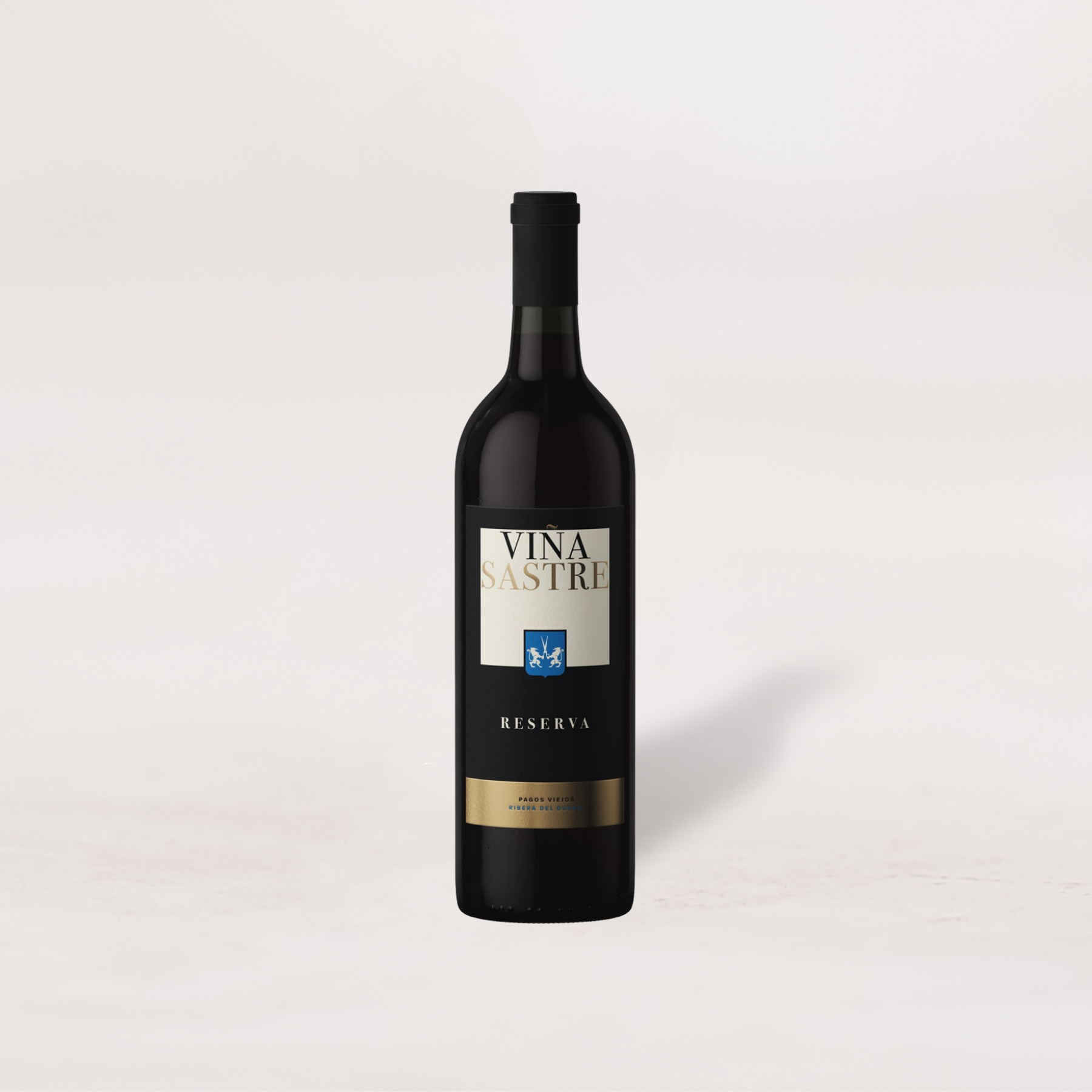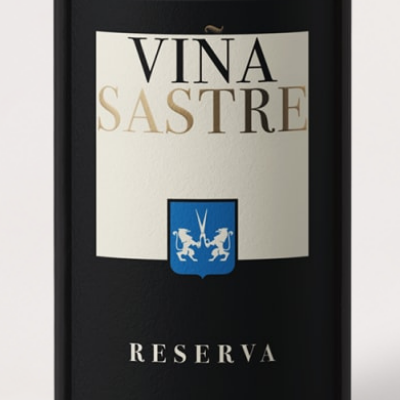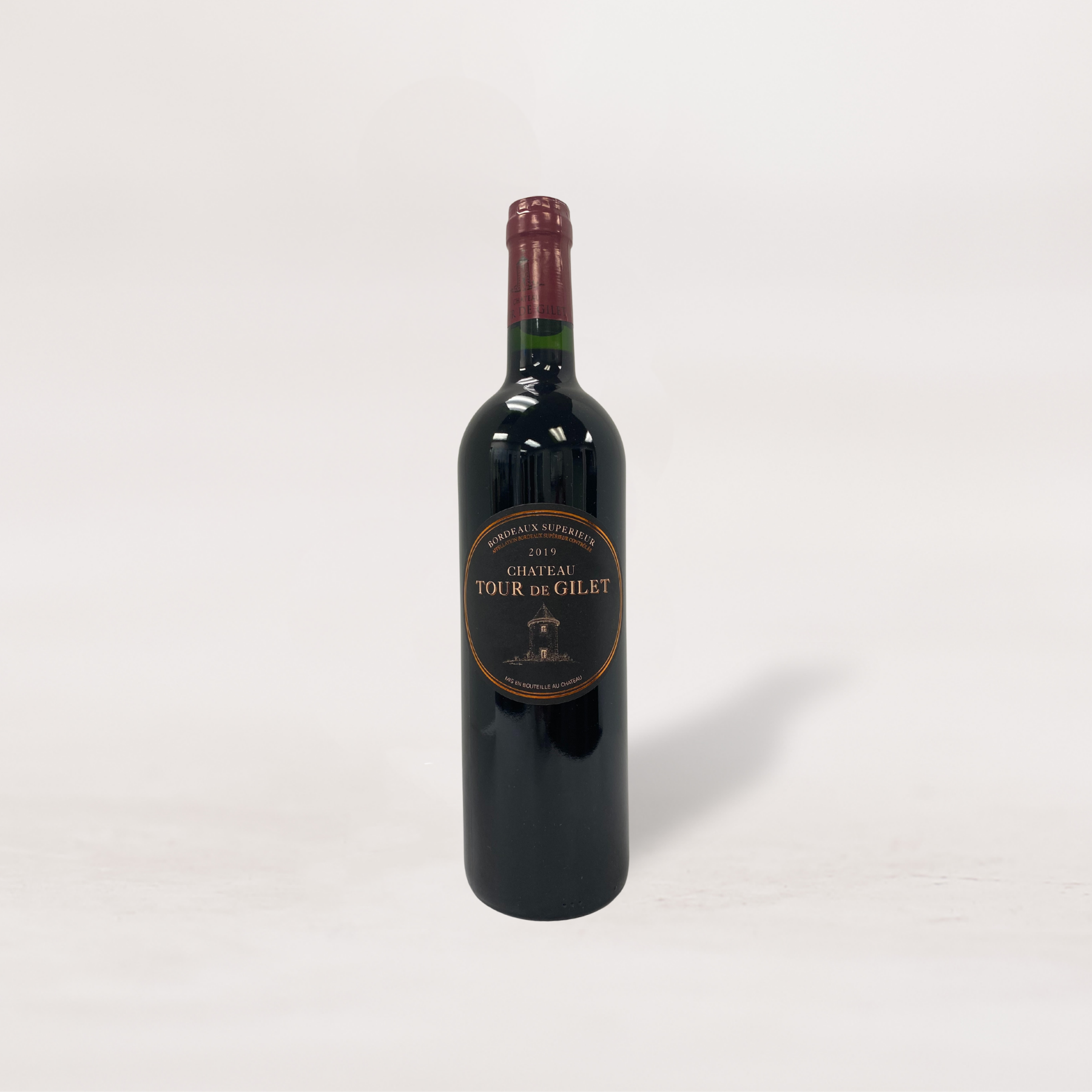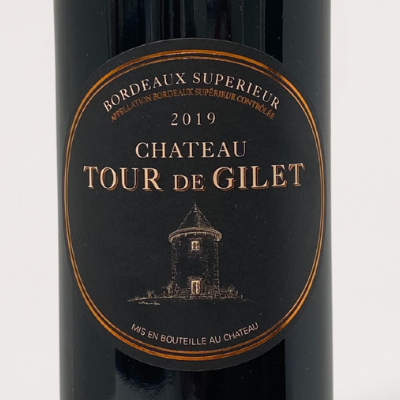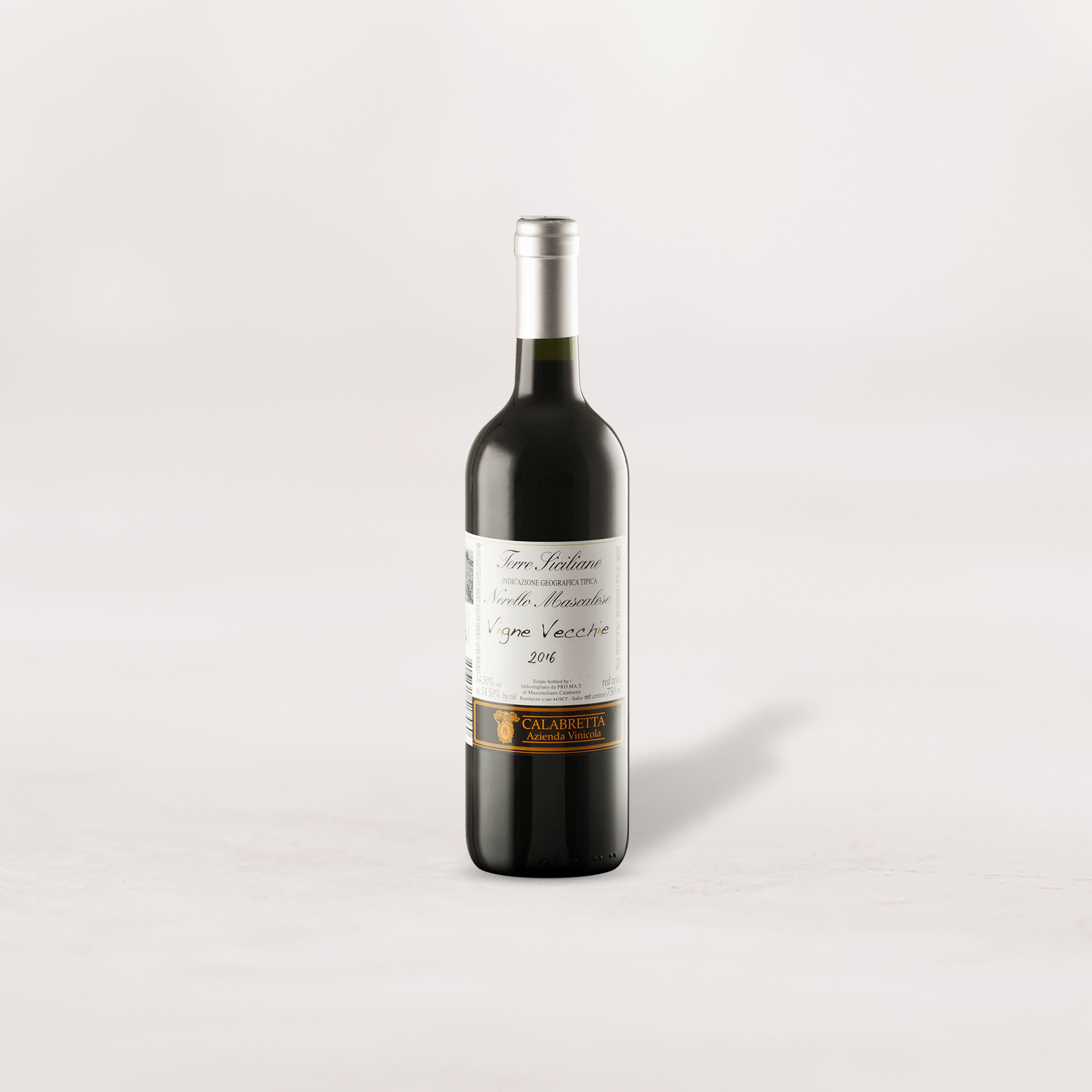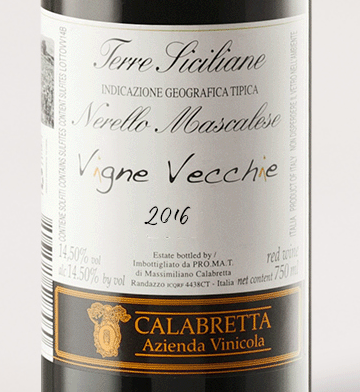Amarone della Valpolicella is for lovers of the richest, ripest red wines of the world. And while it can be enjoyed in the proper setting all year round, it’s clear that the holidays are the sweet spot for sharing these unique rarities. Amarone, as voluptuously epitomized by today’s 2016 Riserva from Musella, is some seriously rich, heady stuff. The classic spot for it is with a cheese course, but lovers of big reds would welcome this one with a meaty braise or roast. It’s a big wine, yes, but not so massive as to knock it out of main-course contention. Balance, of course, is critical: The measure of a great Amarone is not whether it is impressive but whether it’s enjoyable. And like all great wines vintage and age matter, and that’s why this eight year old masterpiece from the excellent 2016 vintage is such a stunner.
Amarone is an expensive category of wine by nature: to make it, producers dry their grapes for several months after harvest to concentrate their sugars and produce a richer wine. This drying process, called appassimento, can stretch into the February after the harvest, with the grapes losing as much as 40% of their total weight (much of it water) in the process. The economics of Amarone are straightforward: it’s a more labor-intensive wine, and there’s less of it, so it costs more. That’s doubly true for this Riserva which spends additional time aging in large, neutral oak casks, and that’s why the price point is actually a total steal.
The raisined grapes used to make Amarone are the same local varieties used to make Valpolicella: mostly Corvina (the dominant component of any blend, ranging from 45%-95%), with smaller percentages of Rondinella, Molinara (now fading from use), and other varieties both local and international. Producers in Valpolicella have engaged in a “traditional versus modern” debate much like the one in Barolo, with most of the discussion centered on the wood vessels in which the wines are aged: In one camp are “traditional” producers who prefer larger, older wood vessels, which typically create a lighter-colored, more oxidative style of wine; the more “modern” vintners prefer the extra polish and deeper color imparted by newer, smaller (and often French) barrels. Regardless, what you get in Amarone is one of the most deeply extracted red wines on the planet: as the grapes wither during the drying process, they are mostly losing water, resulting in juice that is extra-concentrated.
But here’s the most interesting thing about Amarone: appassimento creates a dramatic increase in sugar without a corresponding decrease in acidity. Some people perceive Amarone to be “sweet,” but in fact, the maximum amount of residual sugar allowed ranges from 12-16 grams/liter, depending on the final alcohol content. This is not, in any technical sense, a sweet wine. The name “Amarone,” in fact, is derived from the Italian word amaro (“bitter”), as the style originated when a barrel of the original sweet wine of Valpolicella, known as recioto, fermented to dryness on its own.
What you’re tasting when you taste an Amarone is not an excess of residual sugar (this wine contains just over six grams/liter, making it quite dry by definition) but an abundance of fruit extract. There’s a glycerol richness that coats the palate and masks some of the tannins, lending it drinkability in its youth. In the glass, it’s an opaque purple/ruby with magenta highlights at the rim, with heady aromas of black plum, blueberry compote, Chambord liqueur, resin, leather, baking spices, and chocolate. There’s a palpable viscosity on the full-bodied palate, nicely balanced by acidity and firm tannins. Whereas many modern Amarones skew almost Port-like in their intensity (despite not being fortified), this one stops well short of that; for me it falls in the all-important “main course-worthy” category, provided it’s a main course of adequate richness. Decant this wine a good hour before serving in large Bordeaux stems at a cool temperature (55-60 degrees). It’s a wine that needs something along the lines of braised short ribs to tame it, and ultimately, the best day to open it is probably a cold one this winter. This will warm you right up, without weighing you down. Enjoy!
